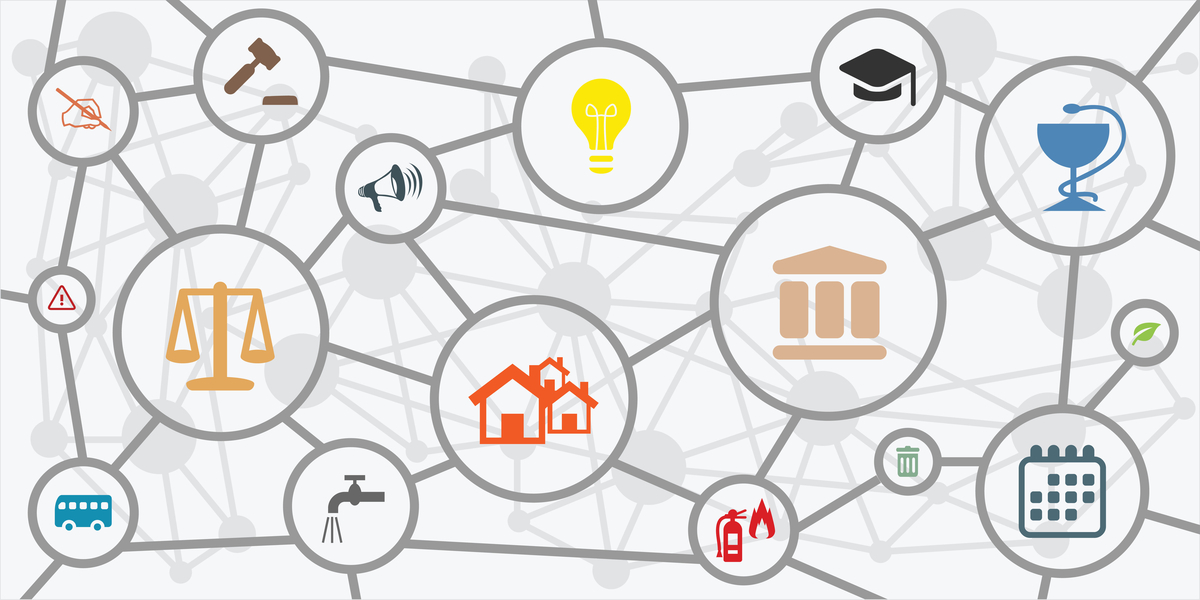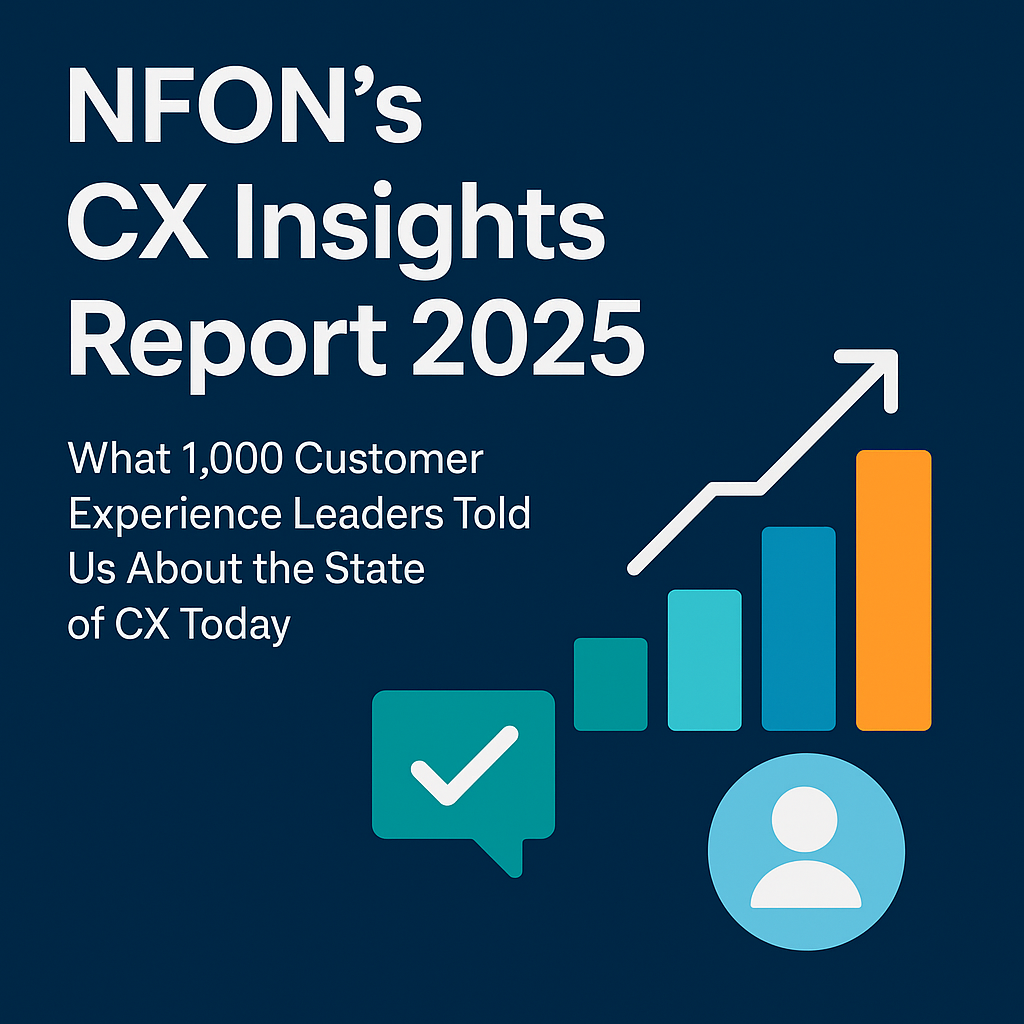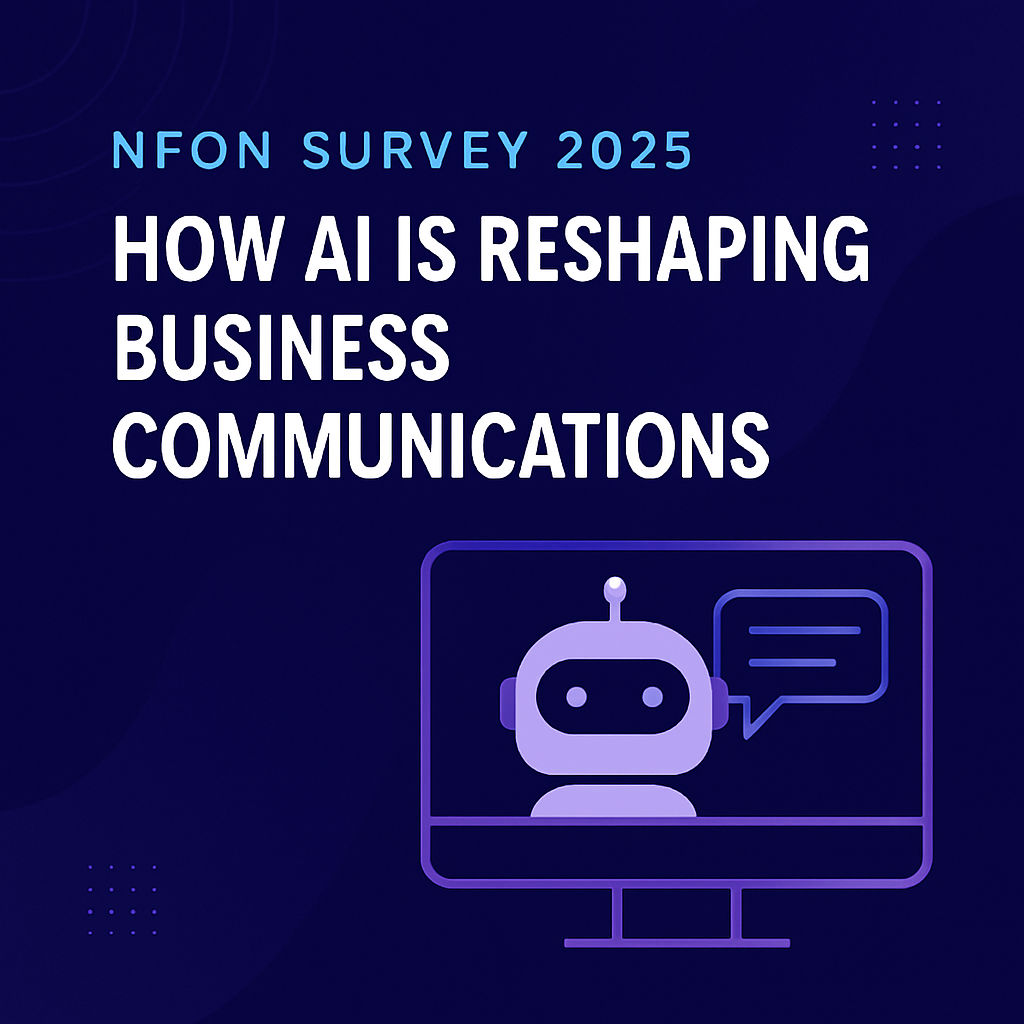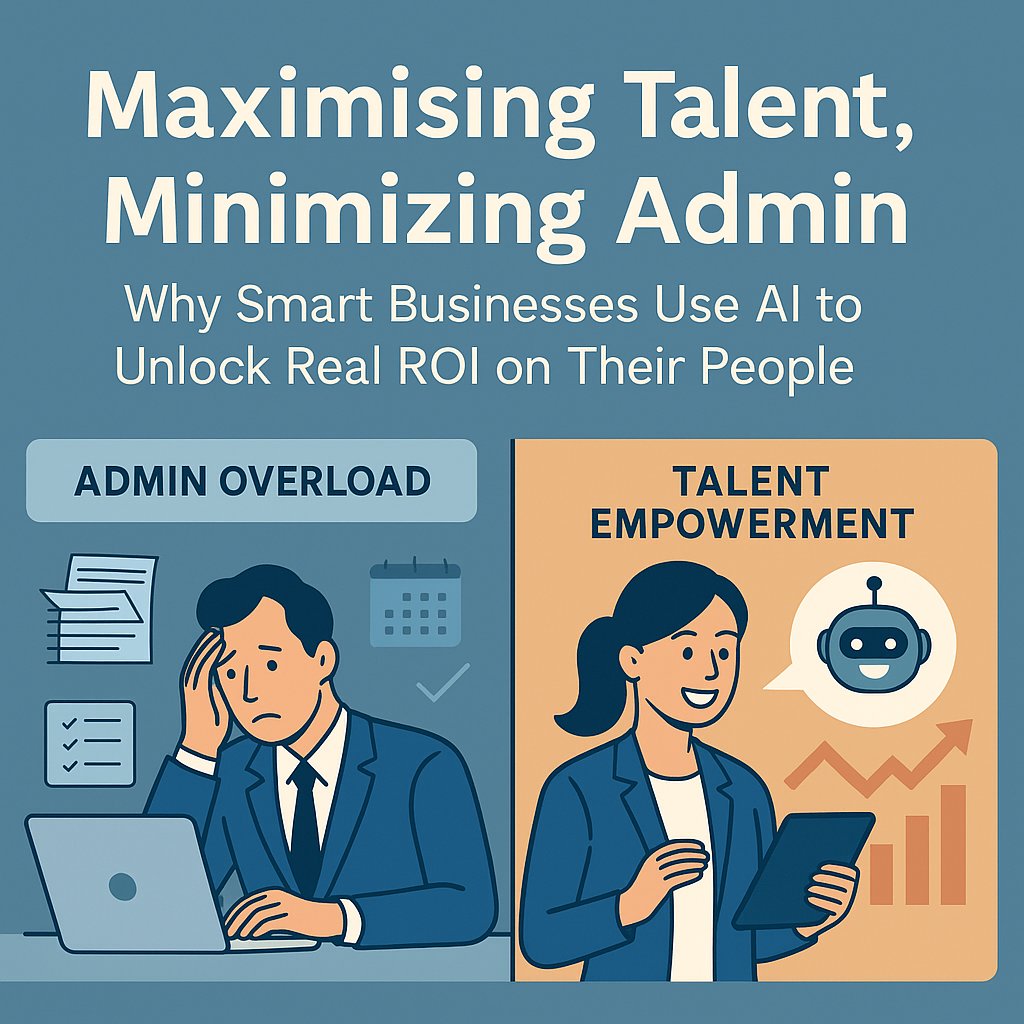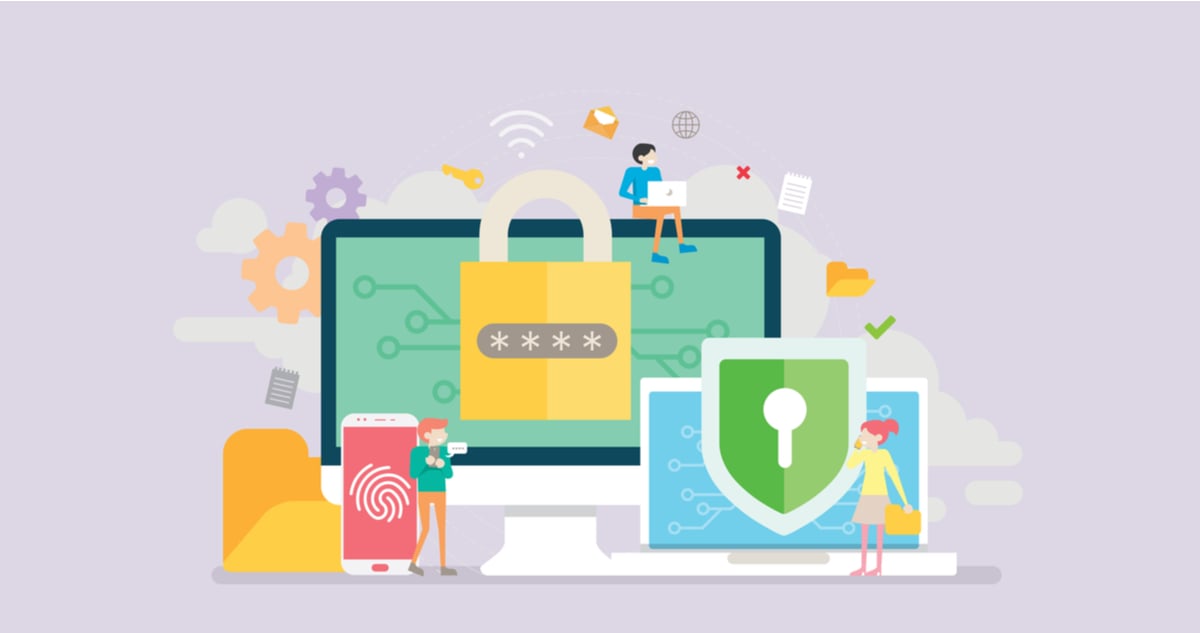In the era of the pandemic, ways of working have shifted drastically across the public sector. Digital infrastructure and Smarter Working practices have become instrumental enablers for change, shaping new work behaviours that combine remote work with physical workplaces, transforming how we communicate and collaborate.
In some industries, these trends were already underway, but with long-standing barriers to flexible working and the slow adoption of digital technology, the pandemic has accelerated them most rapidly in the public sector – an outcome we have all witnessed. In the long-term, the pandemic will serve as a reminder of the productivity and innovation that the public sector can achieve; its legacy will be the opportunities it brought forward.
Smarter Working will hold a significant influence in the public sector’s post-pandemic recovery across all its sectors. This blog focusses on the positive change Smarter Working can bring in the future - a sector by sector summary of change happening now and change that lies ahead.
Local and Central Government
Smarter Working was born out of ‘The Way We Work (TW3)’, a proposal for Civil Service reform published in 2013. Fast-forward eight years, Government and local authorities are now characterised by remote working, made possible by advances in mobile networking technology and cloud-based unified communications. However, the office still has a fundamental role to play post-pandemic, albeit a reshaped role. Future offices for local and central government are starting to look like one in which permanent workspaces and structures give way to a more fluid arrangement of open seating, small hub spaces and collaboration rooms – the rise of hot desking and decline in renting office spaces.
Digital infrastructure in government will increasingly be focussed on cloud-based telephony communications to support a dispersed workforce, which will mean more Civil Service roles move from London and relocate across the UK.
Education
Smarter Working has been a catalyst to shaping significant change in how UK academic institutions operate. No longer bound to physical campuses, school buildings, offices or lecture halls, students and academic staff are working in less regimented ways. Digital technology has enabled flexible modes of learning and teaching delivery. However, it has also allowed institutions to bridge more meaningful communication with students centred on empathy.
During lockdown, many students have been isolated from friends and issues with mental health in young people have increased. A recent survey conducted by mental health charity, Mind, showed 73% of students (aged 18-24) said their mental health declined during lockdown. With accessible communication across platforms and devices, modern communications platforms can be a lifeline for many students who need extra support or connection with a human voice.
Schools, colleges and universities that are able to re-think traditional ways of learning for students and ways of working for staff and continue to meet their needs will come out on top. Those that fail to do so will be left behind. In the months ahead, institutions should focus on championing hybrid learning, offer more varied communication methods and support, mental health drop-in sessions with tutors and remote social hubs.
Healthcare
The NHS has undergone more digital transformation this year than in its half-a-century long history. Video consultations have become a vital care service delivery during the pandemic, allowing citizens to receive necessary services even with social distancing restrictions. However, it is evident that even with this progress there is still a long way to go for the healthcare sector to embed Smarter Working into its operations.
New targets in NHS England, published in March 2021, aim to take action on health workers’ wellbeing, improving access to primary care and improving operational planning – targets which can be achieved by implementing smart digital foundations. Remote care will continue to feature in the long-term future of healthcare, with a target of outpatient clinics to deliver at least 25% of care via online or video consultations. Smarter working will also aid hospitals, GP surgeries and health clinics to deliver more joined-up primary care, which is fundamental to the UK’s post-pandemic recovery.
Charities
While remote and flexible working have become more common across all sectors post-2020, flexible work practices such as job shares and shifts that support working parents have always been a feature at charity organisations across the third sector. This has helped attract employees who value work/life balance over the more material rewards of the corporate world. If charities are to compete more effectively for these groups of employees – particularly as other sectors continue to embrace flexible working practices – they must take advantage of technology that frees employees from being tethered to specific work hours, workplaces, computing and telephony hardware.
The charities that make the best use of digital technology opportunities to create the most agile and adaptable workforce, will be able to understand and respond effectively to customer needs while increasing their own sense of professional and personal fulfilment. This will have huge, far-reaching benefits for community outreach engagement strategies too.
Housing
The housing sector has faced difficulties for many years, exacerbated by the society-wide impact of COVID-19, impacting the supply, affordability and quality of accommodation. Additional factors also include austerity measures, a lack of sufficient funding for new and existing homes, revised welfare reform, which has reduced the support that claimants receive to help with housing costs. Smarter working will form a key solution to a number of these challenges.
In the future, the housing sector will continue to support an increasing number of staff remote working. Customer service centre staff are dispersed, residents are digitally astute, and the sector must adopt efficient ways for staff to connect with each other and their residents, regardless of being geographically dispersed. Cloud-based communication tools can support the sector to keep pace with changing work dynamics, commitments to smarter working and strengthening communication with external partnerships.
Blue light and emergency services
How the public interact with the police is changing. Expectations that the police should have an online presence are growing, and the force is adapting how officers communicate internally within the wider police force, and externally with the public. The Policing Vision 2025 has Smarter Working practices as a central focus, delivering:
- Easier ways for the public and the police to communicate with each other
- Improved digital investigations and intelligence
- Digital transfers of all information within the Criminal Justice System.
However, the police force will also be looking towards more agile and secure digital infrastructures to respond to the rise in cybercrime seen during the pandemic after recent reports showed UK businesses lost over £2.9 million to cyber scams in September 2020 alone.
Where does it all begin? Transforming culture
The establishment of Smarter Working practices begins when a culture is not resistant to change. Throughout the pandemic, we have seen organisations across the public sector forced to adapt, confront and resolve issues that act as barriers to remote working. Across internal teams and organisations, we have seen the public sector work more seamlessly to respond to the external climate. This has resulted in the widespread acknowledgement that the public sector is capable of doing a lot more, that Smarter Working is the key to greater opportunities.
NFON’s Cloudya supports Smarter Working
NFON’s Cloudya is the core function to strengthening futureproof Smarter Working practices in the public sector. Not only does it support employees to communicate with customers or citizens across a variety of devices, anywhere, anytime, it is built upon a flexible and accessible digital technology infrastructure. It can be scaled up or down depending on the services your organisation needs throughout the year. It is smart in day-to-day practice, and smart for the future.
Click here to find out more about how NFON solutions help organisations in the public sector.
